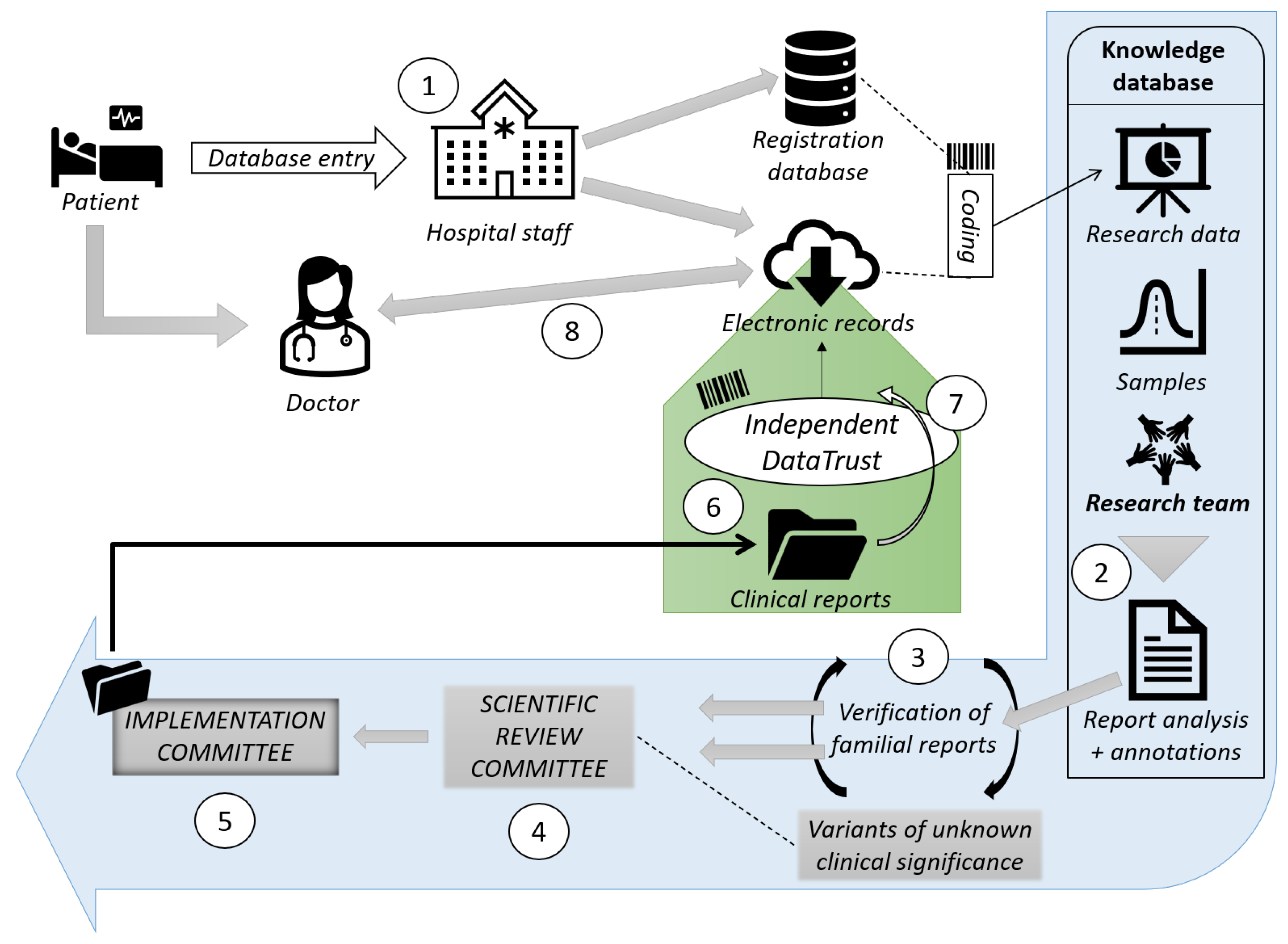The AI Revolution: Combating Antibiotic Resistance with Artificial Intelligence

Antibiotic resistance is one of the most pressing health threats of our time. According to the World Health Organization (WHO), over 4.95 million deaths worldwide result from antibiotic-resistant infections each year, putting an immense strain on global healthcare systems. To combat this growing crisis, researchers and scientists are turning to a powerful ally: artificial intelligence (AI).
In this article, we’ll explore the role of AI in combating antibiotic resistance, the current state of research, and what we can expect from the future of AI-assisted antibiotic development.
The Current State of Antibiotic Resistance
Antibiotic resistance occurs when bacteria evolve mechanisms to evade the effects of antibiotics, rendering them ineffective. This can happen through various means, including genetic mutations, gene transfer, or environmental exposure to antibiotics. The overuse and misuse of antibiotics in human medicine and agriculture have been major drivers of this crisis.
Researchers have identified several key areas where AI can play a significant role in combating antibiotic resistance:
- Identification of novel antibiotics: AI algorithms can analyze vast amounts of genomic data to identify new potential antibiotic targets, reducing the need for trial-and-error approaches.
- Predictive modeling: AI-powered predictive models can help researchers forecast the likelihood of antibiotic-resistant bacteria emerging in response to specific treatment protocols.
- Optimization of treatment regimens: AI can analyze large datasets to identify the most effective treatment regimens for specific infections, reducing the risk of antibiotic resistance.
- Development of personalized medicine: AI can help tailor treatment plans to individual patients, taking into account their unique genetic profiles and medical histories.
The AI Advantage in Antibiotic Discovery
AI has the potential to revolutionize the antibiotic discovery process, which has long been plagued by slow development times and high failure rates. In the 1940s, we saw the introduction of penicillin, a groundbreaking antibiotic discovered by chance. Since then, we’ve relied on iterative trial-and-error approaches, which have led to a significant decline in the number of new antibiotics entering the market.
AI, however, offers several advantages:
- Speed: AI algorithms can analyze vast amounts of data in mere seconds, speeding up the discovery process.
- Accuracy: AI can identify patterns and connections that may have gone overlooked by human researchers.
- Scalability: AI can be trained on massive datasets, allowing researchers to screen thousands of potential antibiotic candidates.
The Impact of Deep Learning on Antibiotic Discovery

Deep learning, a subset of machine learning, has been instrumental in the discovery of novel antibiotics. By leveraging large datasets and complex neural networks, deep learning algorithms can:
- Identify promising compounds: Deep learning can analyze chemical structures and predict their potential antibiotic activity.
- Predict antibacterial activity: Deep learning can model the interactions between antibiotics and bacteria, identifying effective compounds.
- Optimize compound design: Deep learning can provide insights into the design of new antibiotics, enabling researchers to create more effective compounds.
The Power of Genomic Analysis in Antibiotic Development
Genomic analysis has become a crucial component of antibiotic development. By sequencing the genomes of bacteria and understanding their genetic makeup, researchers can:
- Identify unique targets: AI can identify genetic vulnerabilities that make bacteria more susceptible to antibiotics.
- Develop targeted therapies: AI-powered drug design can create compounds that target specific genetic weaknesses.
- Monitor resistance development: AI can analyze genomic data to predict the emergence of resistance.
The Role of AI in Predictive Modeling
Predictive modeling, enabled by AI, has the potential to revolutionize our understanding of antibiotic resistance. By analyzing large datasets and identifying patterns, AI can:
- Forecast resistance development: AI can predict the likelihood of antibiotic-resistant bacteria emerging in response to specific treatment protocols.
- Optimize treatment regimens: AI can analyze large datasets to identify the most effective treatment regimens.
- Mitigate resistance: AI can help identify risk factors for antibiotic resistance, enabling researchers to develop targeted strategies to combat it.
The Future of AI-Assisted Antibiotic Development
As research continues to advance, we can expect significant breakthroughs in the use of AI to combat antibiotic resistance. Future developments may include:
- Integration with synthetic biology: AI-powered synthetic biology can enable the design of novel biological systems that can produce antibiotics.
- Advancements in genomics: Next-generation sequencing technologies will continue to improve, providing more detailed insights into bacterial genomes.
- Development of personalized therapies: AI can help tailor treatment plans to individual patients, taking into account their unique genetic profiles and medical histories.
Taking Action to Combat Antibiotic Resistance
As individuals, we can play a critical role in addressing the global health crisis of antibiotic resistance. Here are a few actionable steps you can take:
- Practice safe antibiotic use: Only use antibiotics when prescribed by a healthcare professional, and complete the full course of treatment.
- Reduce antibiotic use in agriculture: Choose meat products from farms that do not use antibiotics.
- upport antibiotic research: Encourage policymakers to invest in antibiotic research and development.
Conclusion
The role of AI in combating antibiotic resistance is a promising area of research, with significant potential to revolutionize the field of antibiotic development. By leveraging the power of AI, we can accelerate the discovery of novel antibiotics, develop personalized treatments, and predict resistance development.
Share this article with friends and family to help spread awareness about the importance of AI-assisted antibiotic research. Let’s join forces to tackle this pressing global health crisis.


